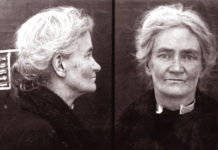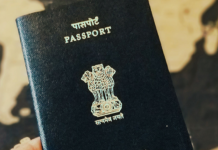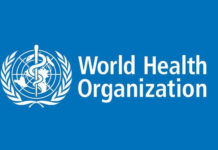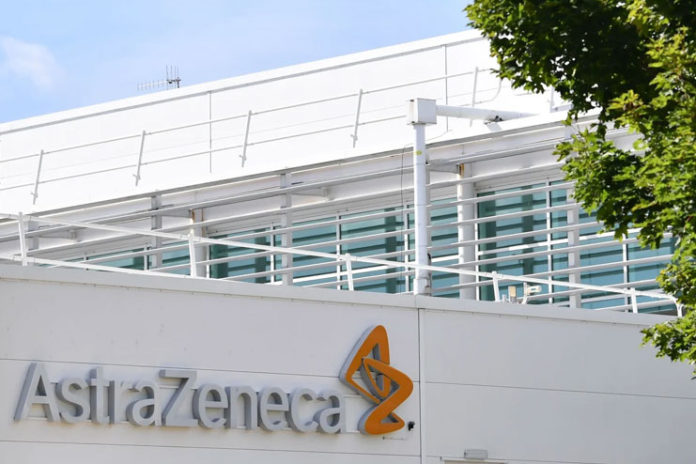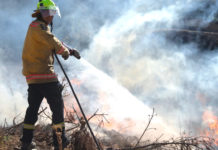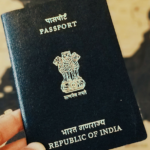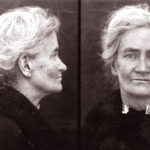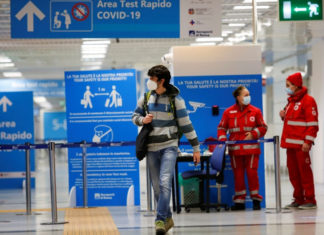Oxford University is developing a vaccine with AstraZeneca and the studies show effective immune response in the first phase of human trials.
The whole world has been waiting for a cure for the pandemic, from plasma therapy to medication everything was being only used as a trial and error method for the patients across the world. A perfect cure like a vaccine would be affective and generate an immune response to the disease in the body even after being infected.
Now there seems to be good news from Oxford Universityon the vaccine front. Oxford University partnered with the pharma giant AstraZeneca to develop a Covid-19 vaccine. This particular vaccine was the first ever vaccine to reach the third phase of Human trials in the month of May.
The Lancet, which is a medical journal posted data of the interim results of the particular vaccine. The Vaccine developed by Oxford University and AstraZeneca is called AZD1222. It is the first vaccine to move rapidly in studies on human trials. The data published in the journal showed that 60% of the patients have mild and moderate side effects from the vaccine injection. These side effects vary from fever, muscle pains, injection site reactions and headaches, though all of them were resolved by themselves during the course of the study.
Because of the side effects on the patients, the giant company AstraZeneca has decided to double the dose of the vaccine for further studies. They also mentioned that they could manufacture a billion doses rapidly. The vaccine isengaging the immune system well to fight with the virus.
The first priority is obviously the satisfaction of the vaccine delivered and then later comes the logistics and manufacturing of the vaccine
“At the end of the day, you have to prioritize efficacy and then resolve the challenges around the logistics of the trial or logistics of manufacturing large quantities of vaccine,” said
Pascal Soriot who is the CEO of AstraZeneca said that “At the end of the day, you have to prioritize efficacy and then resolve the challenges around the logistics of the trial or logistics of manufacturing large quantities of vaccine,”
In the same journal there was data of another vaccine candidate. This vaccine candidate posted the phase-2 results. This vaccine candidate is a Chinese based pharma company CanSino. The first phase data which was already released of this vaccine showed that the vaccine induces neutralized antibodies response. In simple words, the vaccine is just preventing the dangerous symptoms of the virus and also it works better on some people more than others. There were aged people in the study and the vaccine did not work on those people who were above the age of 55 years old. This vaccine has already received an emergency license in China for use in the military.
As the vaccine candidates are increasing and the data of some vaccine is efficient, the vaccine candidates need to move into the real testing with real candidates. The vaccine developers need to take their vaccine to large population to study the results there.
For example, the data which was published by Oxford-AstraZeneca was not sufficient on the basis of effectiveness. The information was not enough to predict whether it will be more effective compared to its competitors.
World Health Organisation has stated that there are 23 Covid-19 vaccines which are in the clinical trials of their study.
For a vaccine to be taken to the market, it is important to study thousands of volunteers and also to see if the vaccine is preventing the further infection of the SARS-COV-2 which is the scientific name of the coronavirus. But unfortunately we have not reached that stage yet. AZD1222 is one among the 23 potential vaccines for Covid-19.
In the trials conducted by Oxford University, the volunteers were between the age 18 and 55. The group had 50% male and 50% female participants. On the race basis, more than 91% were white and less than 1% was black. Asian group accounted of nearly 5% in the Oxford trails. This vaccine after the first two phases has now entered the phase 3 scale which is with a larger amount of group. The trials from this vaccine will also be conducted in United States.
In the first phase of the Oxford-AstraZeneca trial which was done on monkeys, the researchers found that the monkeys were protected from the virus but there was still a chance of the virus being detected in the respiratory tracts.
After this phase was the human trial phase which started on April 30th, and the results are now in front of us. Now the company is looking to double the dose for phase-2 volunteers and also on a larger scale. The vaccine was tested by participantsin United Kingdom. About 10,000 volunteers for taken from the United Kingdom for human trial and there was also a separate 5000 patient study started I June in Brazil. The results of those are not out yet.
The phase-3 results could be out before November according to the CEO of AstraZeneca.
By Deepika Agarwal


